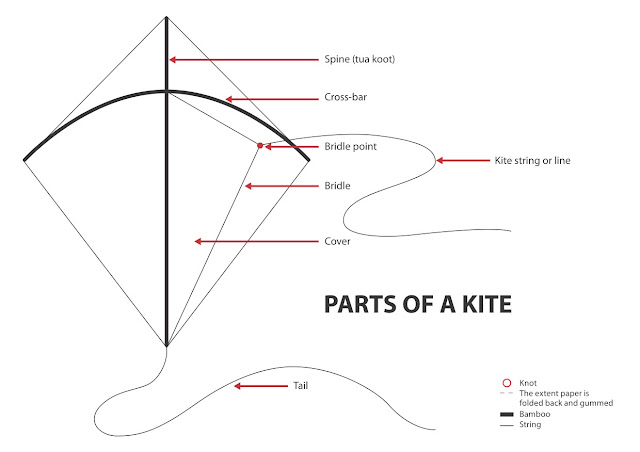 |
Republished from New Straits Times, Oct 24, 2020,
with the author’s permission. Read the original here. |
By Yong Soo Heong
IN AN EVER-CONFUSING world of legitimate news criss-crossing with fake news, I’m just wondering how long Donald Trump, the chief promoter of fake news, will continue to spew bad vibes about the mainstream media.
When less is said of fake news, such labelling will hopefully evaporate.
But will it? Especially now that Trump has given greater legitimacy to the wicked forces of fake news by saying such news is everywhere. Prior to late 2016, murmurs of news being manipulated made the rounds but never at the frequency that Trump easily belched “Fake News!” whenever issues weren't in his favour.
Fake news has become a big thing, especially on social media. When fake news is repeated, it becomes really difficult for the public to discern what's real and what’s not.
Real news practitioners have resigned to the fact that fake news and rumours had thrived online because few can verify what's real. And more so when people tend to veer towards content that reinforces their own biases.
Granted that the media had been frequently used by the four Ps — politicians, propagandists, publicists or public relations practitioners — in the past. I won’t say that lies had been thrown about and the media readily gulped them up. To be fair, it’s how the information is treated (or slanted) and disseminated. But with the advent of social media, that’s another kettle of fish!
Let’s take a moment to reflect what a young Pakistani politician, Bilawal Bhutto Zardari, said: “Propaganda, misinformation, and disinformation have always been part of political warfare. Social media and other new platforms have given it a new life and reach through which the fake news phenomenon can reach everywhere.”
Now if a politician such as Bilawal had admitted that those ingredients had always been part of the political machinery, then perhaps we’ve to exercise greater caution when digesting information from politicians. Maybe not with a pinch of salt but several spoonfuls, perhaps!
Whether Trump gets re-elected as president remains to be seen. But, ever since he took office in January 2017, he has been assailing the mainstream media for producing fake news.
As a journalist for a number of decades, I’ve always abhorred that kind of labelling. True blue journalists may take a certain stand, stance or bias but certainly won't stoop so low as to produce something that's not real. That’s the domain of fiction writers or mercenary writers imbued with a mission.
By and large, journalists in mainstream news organisations have been steadfast in their profession. But sadly, fake news is now a new menace in the public space as their purveyors also proclaim themselves to be journalists too and taint the noble profession in the process.
I concur with Jim Acosta, who reports for CNN at the White House, when he said: “Yes, Barack Obama had his clashes with the press. I witnessed those first-hand covering the second term of his administration. But we did not have Obama on almost a weekly basis referring to the press as the enemy of the people and accusing reporters of treason and calling legitimate stories fake news.”
The use of social media to implant falsehoods by latching on the legitimacy of mainstream media organisations is rather appalling. With no lack of creative people and the juicy goings-on in Malaysia these days, satirists have been having a field day.
But, what’s worse is that some have even resorted to “hijacking” some media organisation's online platforms to pass on disinformation for their benefit, and frequently saying a public holiday had been declared or that the government was going to pay out bonuses to its employees. Such ruses occur whenever some state or national team had emerged victorious in some popular sports events and during Budget time.
And Bernama, the national news agency, hadn’t been spared such manipulation. What’s even more ruinous is when some people tend to shatter Bernama’s reputation and level of journalistic competency by using their own interpretation of events or some online auto translating tools to post some purported news items on social media.
Bernama has reported this to the police several times but these envious perpetrators have yet to be trapped. I hope these journalist-wannabes can be exposed soon!
- Datuk Yong Soo Heong writer is a former chief executive officer and editor-in-chief of Bernama. Read more about him here.











